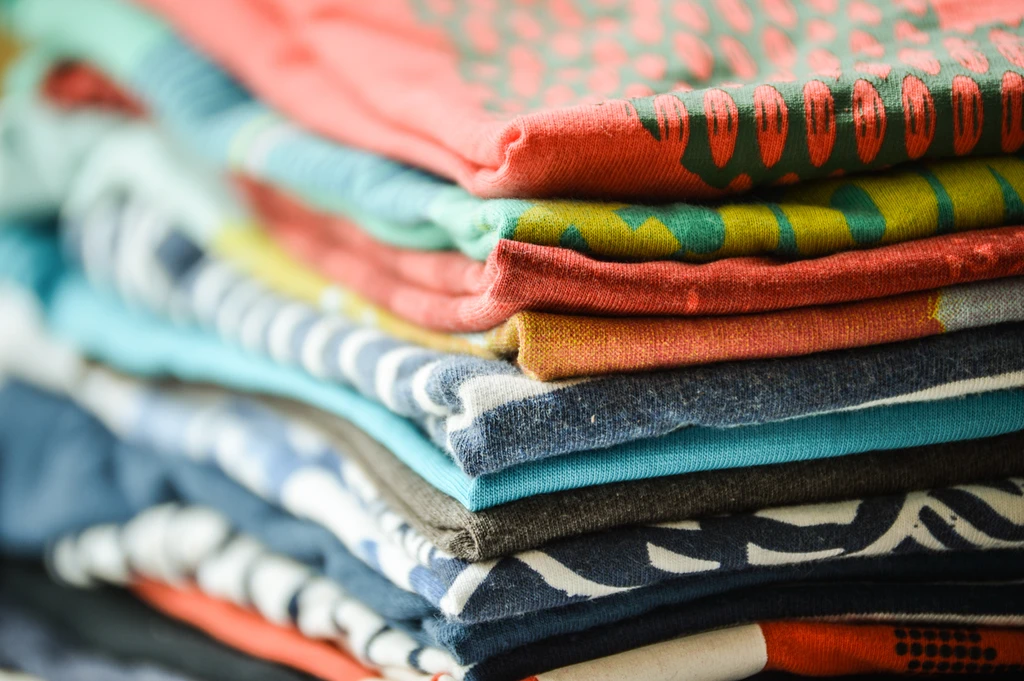Direct to film printing is a unique printing technology that involves printing designs onto special films for transfer onto garments. DTF printing is a heat transfer process that has the ability to last as long as traditional silkscreen prints. Below, we discuss five things you should know about DTF technology before implementing it in your business.
1. Quality Equipment Is Essential
If you own a printing business, you already know that the quality of your work is only as good as the quality of your printers and inks. This is even more true when it comes to DTF printing. Like other heat transfer processes, it’s critical that you invest in a quality printer and heat press for optimal results.
High quality inks are also needed to ensure that the printhead won’t clog. We recommend inks that are formulated exclusively for DTF printing; they should also be made in the USA, where quality assurance is better due to rigorous testing. One example of such a brand is STS, which offers a DTF ink lineup with high color density and saturation, excellent performance, and durability.
2. Not All PET Films Will Cut It
DTF printing requires PET film, but that doesn’t mean every type of PET film is a fit for the DTF process. For best results, choose printable two-sided cold peel film. Lower quality untreated films may be less expensive, but they simply don’t match the performance of two-sided cold peel film—they may smudge, not accept the adhesive, or ruin your garment. Cold peel film is specially treated to withstand the high temperatures and pressure of a heat press; it’s also compatible with all desktop and large format printers. This film can be purchased as a cut sheet or in rolls for larger operations.
3. Choose an Adhesive Wisely
Printing on cold peel film cannot be transferred directly to a garment. Instead, an adhesive must be used to help the image adhere to the fabric. At allprintheads.com, we offer a unique adhesive for DTF printing that is durable enough to withstand up to 45 hand washes, all while keeping the transfer feeling soft. There’s no foul smell involved, and excess can be stored and reused.
4. Fabric Doesn’t Require Pre-Treatment with DTF Technology
One of the many advantages of DTF printing is that garments do not require any pre-treating in order to accept a transfer. This can streamline your operations and potentially lower your costs. Overall, the DTF printing process is quicker and requires less labor than DTG printing.
5. DTF Printing Offers Greater Versatility
When printing directly to a textile, your options are limited. DTF gives you much more flexibility, as you can print on a variety of fabrics, including cotton, polyester, rayon, nylon, silk, leather, and more.

